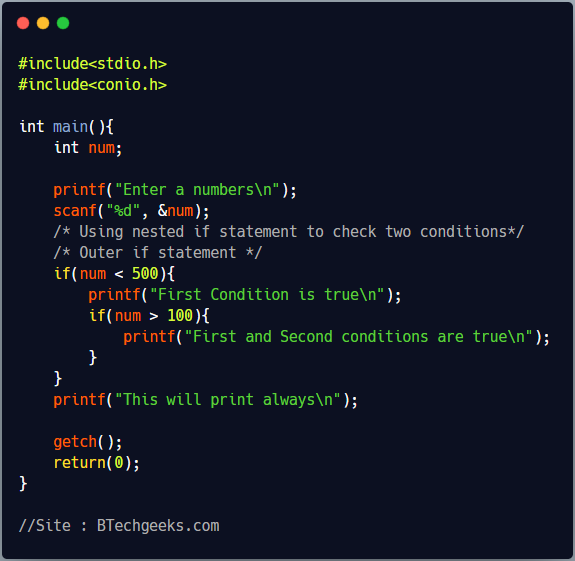

If your filter parameter is optional, you should guard against it being null within your filter statement.Outer parameters should be used to enclose multiple computations. The filter parameter must be evaluated as a single boolean expression.): UserPostsConnection ! "posted " edgeDirection: OUTBOUND cursorExpression: "$node.title " filter: """ ($args & ( $args.titleLike = null || LIKE($node.title, CONCAT("%", $args.titleLike, "%")) ) & ( $args.publishedAfter = null || $node.publishedAt > $args.publishedAfter )) """ However, if you prefer, you may specify which variable binding you want to return within your subquery, and we will do this for you.įirst: Int = 10 after: String filter: PostsFilterInput By default, in a subquery, you must follow the important rule marked above and assign to $field. return: String: An optional way to specify the name of a binding to return.query: String!: Your subquery string, following the rules listed above.

All RETURN projections are constructed by the library for you to match the GraphQL query. This can be done for a single value using LET $field = value, or for a list by ending the subquery with FOR $field IN list. Important: You must assign the value you wish to resolve to the $field binding.There are important rules for your subquery: Strength: Int user: User ! a free-form subquery to resolve a field.

User( id: ID !): User collection: "users ", key: "$args.id ")įriends: ! "friendOf " direction: ANY sort:


 0 kommentar(er)
0 kommentar(er)
